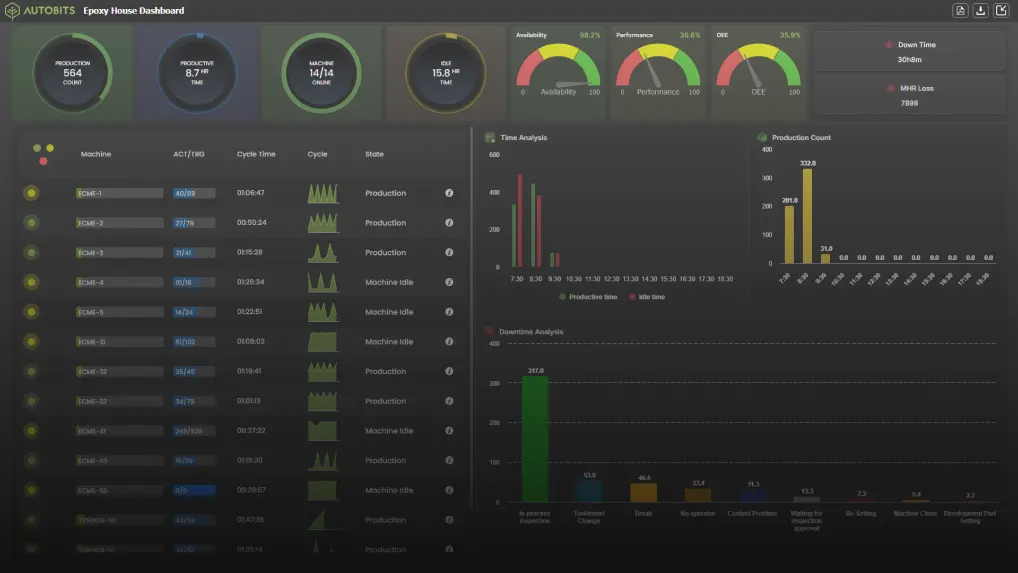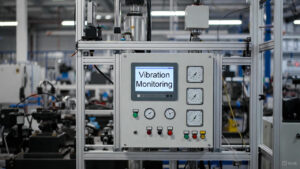Organizations focusing on business operations may use Industry 4.0 to improve efficiency and reduce risk factors. While organizations that are focused on growth must apply Industry 4.0 to generate a brand-new revenue stream. As we explore the ways in which information creates value, it becomes evitable to also understand this from manufacturing perspective to relate the cycle from physical to digital and back to physical.
IIoT combines connected technologies to give rise to Industry 4.0 with both Information and Operation Technology. Sectors like manufacturing, robotics, artificial intelligence, cognitive technology, and augmented reality would come together and drive IIoT. Industry 4.0 extends these connected technologies to complete the physical-digital-physical cycle.

Industry 4.0 Transformation in the Chemical Industry
The advancement of Industry 4.0 in the chemical industry is yet at the operational level due to the lack of sensors that would detect historical data collected by chemical factories over the years. The potential of Industry is at par, if not more efficient, but all these applications take time to develop. The efficiency and productivity of chemical plants can be drastically improved by smart manufacturing techniques.
Improved Business Operations
The business operations can be improved by increasing productivity and reducing risk. Process control and smart techniques can be used to increase the productivity of chemical plants. Risks can be reduced by managing supply chains and in-house operations that respond to quick customer requirements and also improve security and quality.
Smart Factory
Also known as smart manufacturing, smart factories combine the ability of IoT, and artificial intelligence with OT like additive manufacturing, robotics,, and advanced materials. It is nothing but joining IT and OT to improve productivity.
Supply Chain Planning
Current trends in Industry 4.0 help chemical companies in supply chain planning by first improving the visibility into the supply chains, and then, by predicting the demand patterns.
Sensors and connected devices help to improve visibility in the supply chains to reduce risks. And latest analytics tools can help the industry to predict demand patterns that can align the supply chains and operations accordingly.
Developing New Products to Expand Revenue
R&D is one of the most critical phase in the value chain; It depicts subsequent improvements and manufacturing details. R&D sure demands heavy investment. And that is the reason chemical companies are looking for big data and other tools to predict the outcome of investment. For example, in material genomics, advanced analytics provides researcher with data to understand the chemical components of the available materials and thereby consider optimal combinations to develop new materials with customer specific properties.





